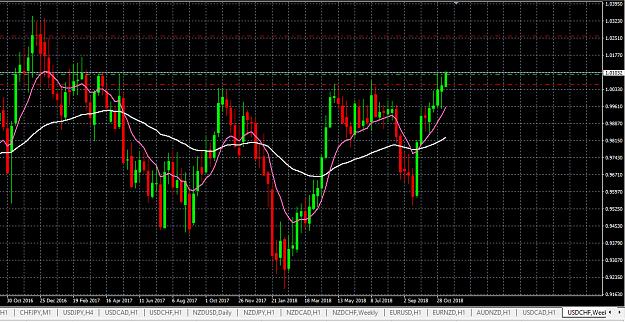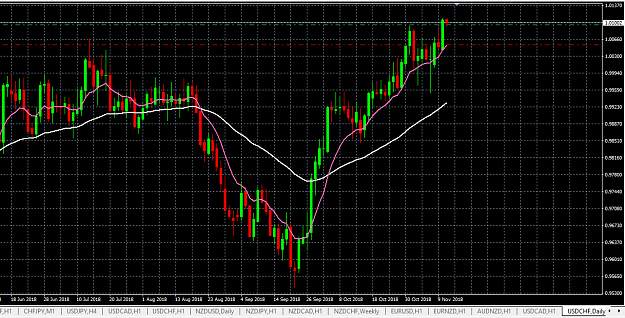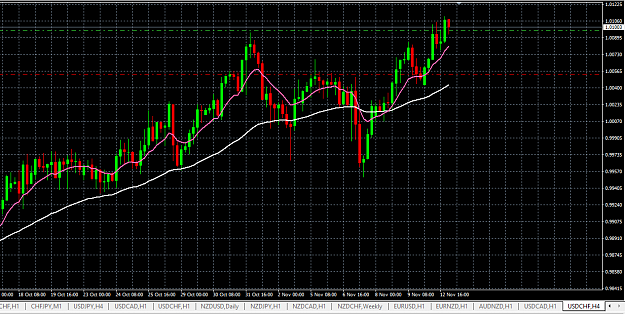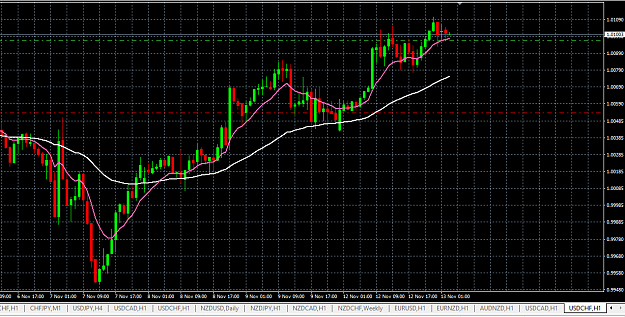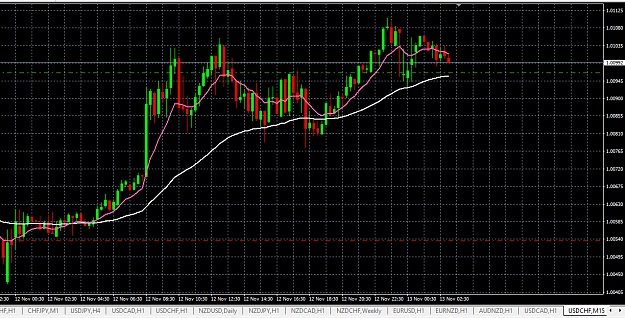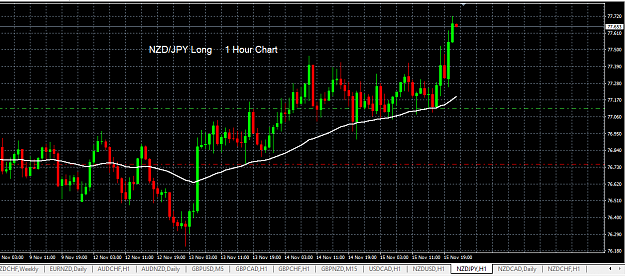Losing well. (Part 2)
It may be obvious that if price moves against us quickly after entry, odds are tilted in the direction that this isn't a good entry. It's equally obvious that we need to get out of bad entries quickly and stay in good (profitable) entries to let our profits run. The difficult part is deciding how far to let a bad entry run against us before closing the trade. We don't want to use the stop as a crutch or excuse to let the trade run against us. The stop is there for emergencies, like unexpected news or a loss of internet. Normally, we'll want to cut the loser short before the stop is hit. The size of the stop that is used depends on volatility and the anticipated trade duration. For my swing trading with an average duration of 3 days to 2 weeks, I'll usually use about a 1 ADR stop, so I'll go with that for an example. Letting the loser run all the way to the 1 ADR stop would be counter to my trading strategy of cutting losses short so I'll definitely want to close the trade before it reaches that point. Generally I'd like to cut the loss as short as possible and not even take a chance of hitting the stop, so I'll look at 0.75 ADR as a hard mental exit. Just that small improvement improves my reward to risk ratio by 33%. Imagine how hard I'd have to work to improve my win/loss ratio by 33%. I could probably never do it no matter how hard or how long I worked. This 33% improvement to my trading was, dare I say it, easy.
The obvious question then is, if that first bite was so easy, is there more left? What is the most we could get out of this little trick? When we enter a new trade we are immediately going to be at a loss because of spread or commission, so we can't cut our loss shorter than that or we'd immediately exit the trade. That's a hard limit to cutting entry losses short. Allowing for spread and a tiny bit of noise, we can arbitrarily chose 0.25 ADR as a minimum movement to trigger a mental exit. We then arrive at a reasonable range to cut losses short, 0.25 ADR to 0.75 ADR. If we split the difference, we should be able to cut losses short at 0.5 ADR on average without too much difficulty. Some trades will really look like they will turn around soon and we might want to hang in there all the way to the mental stop of 0.75 ADR loss. Obviously this should be the exceptional trade and not the norm. Some will obviously stink shortly after entry and it's obvious they should be exited as quickly as possible. If we work very hard at this single aspect of our trading, reaching the 0.5 ADR average isn't that difficult and it increases reward to risk by 100%. That's an improvement in my trading that would be impossible to achieve by improving my average 50/50 win loss ratio.
Is that the ultimate limit to cutting entry losses short? What is the limit? I can't say I really know what the limit is, but after years of concentrating effort on this single aspect of reducing entry losses I've been able to reduce entry losses to 0.33 ADR on average. That single change in my trading has improved my reward to risk ratio by 200%. It was well worth the effort but it's a continuing challenge that I will probably never be able to say I've perfected.
So all this thought and effort goes into just one small aspect of cutting losses short on entries, and we've barely entered the trade. Surely there must be more progress to be made over the long course of a trade, and indeed there is, much more.
(to be continued)
It may be obvious that if price moves against us quickly after entry, odds are tilted in the direction that this isn't a good entry. It's equally obvious that we need to get out of bad entries quickly and stay in good (profitable) entries to let our profits run. The difficult part is deciding how far to let a bad entry run against us before closing the trade. We don't want to use the stop as a crutch or excuse to let the trade run against us. The stop is there for emergencies, like unexpected news or a loss of internet. Normally, we'll want to cut the loser short before the stop is hit. The size of the stop that is used depends on volatility and the anticipated trade duration. For my swing trading with an average duration of 3 days to 2 weeks, I'll usually use about a 1 ADR stop, so I'll go with that for an example. Letting the loser run all the way to the 1 ADR stop would be counter to my trading strategy of cutting losses short so I'll definitely want to close the trade before it reaches that point. Generally I'd like to cut the loss as short as possible and not even take a chance of hitting the stop, so I'll look at 0.75 ADR as a hard mental exit. Just that small improvement improves my reward to risk ratio by 33%. Imagine how hard I'd have to work to improve my win/loss ratio by 33%. I could probably never do it no matter how hard or how long I worked. This 33% improvement to my trading was, dare I say it, easy.
The obvious question then is, if that first bite was so easy, is there more left? What is the most we could get out of this little trick? When we enter a new trade we are immediately going to be at a loss because of spread or commission, so we can't cut our loss shorter than that or we'd immediately exit the trade. That's a hard limit to cutting entry losses short. Allowing for spread and a tiny bit of noise, we can arbitrarily chose 0.25 ADR as a minimum movement to trigger a mental exit. We then arrive at a reasonable range to cut losses short, 0.25 ADR to 0.75 ADR. If we split the difference, we should be able to cut losses short at 0.5 ADR on average without too much difficulty. Some trades will really look like they will turn around soon and we might want to hang in there all the way to the mental stop of 0.75 ADR loss. Obviously this should be the exceptional trade and not the norm. Some will obviously stink shortly after entry and it's obvious they should be exited as quickly as possible. If we work very hard at this single aspect of our trading, reaching the 0.5 ADR average isn't that difficult and it increases reward to risk by 100%. That's an improvement in my trading that would be impossible to achieve by improving my average 50/50 win loss ratio.
Is that the ultimate limit to cutting entry losses short? What is the limit? I can't say I really know what the limit is, but after years of concentrating effort on this single aspect of reducing entry losses I've been able to reduce entry losses to 0.33 ADR on average. That single change in my trading has improved my reward to risk ratio by 200%. It was well worth the effort but it's a continuing challenge that I will probably never be able to say I've perfected.
So all this thought and effort goes into just one small aspect of cutting losses short on entries, and we've barely entered the trade. Surely there must be more progress to be made over the long course of a trade, and indeed there is, much more.
(to be continued)
5
